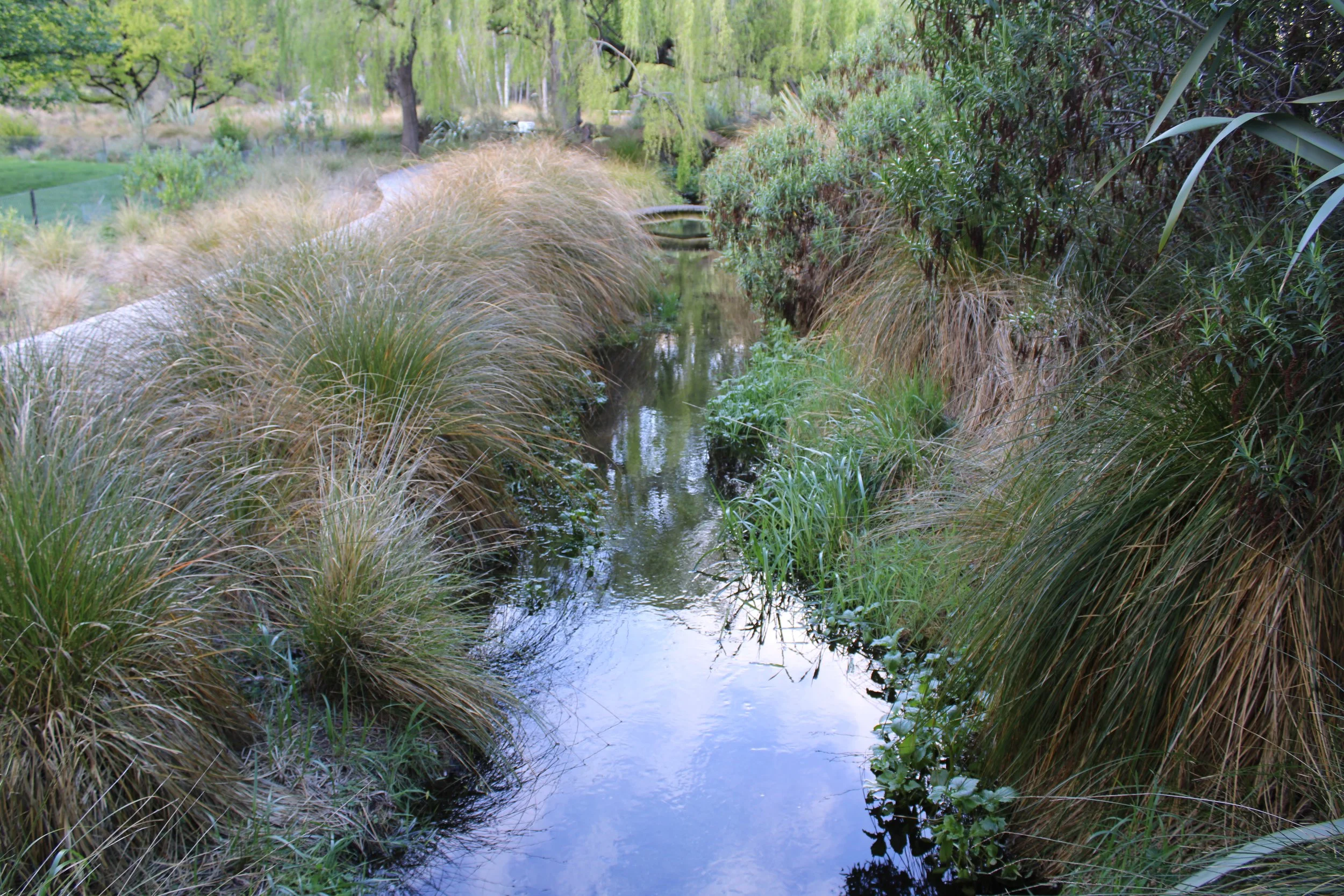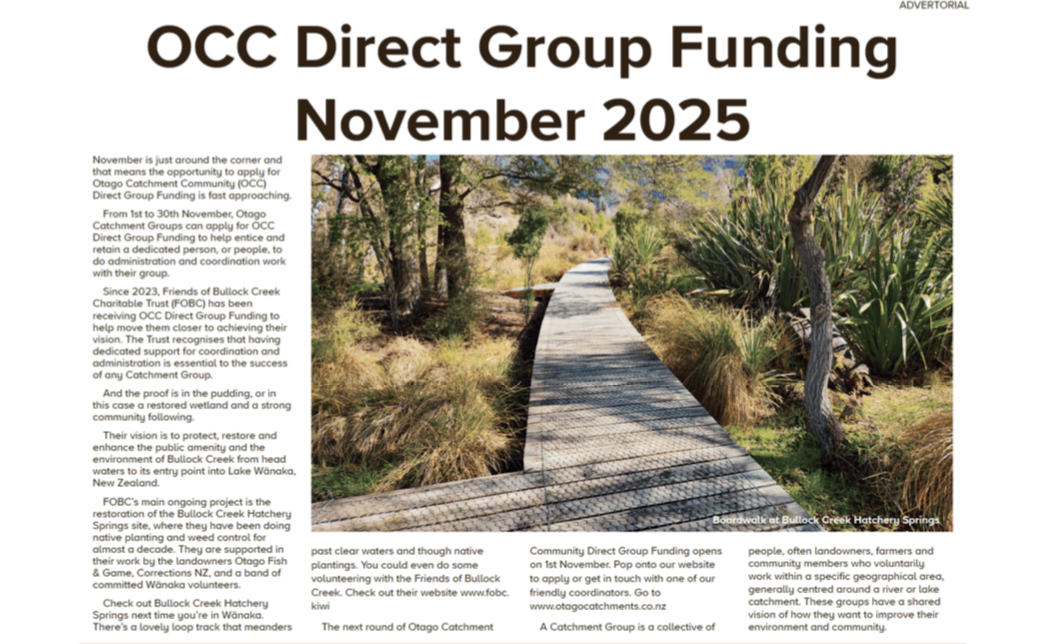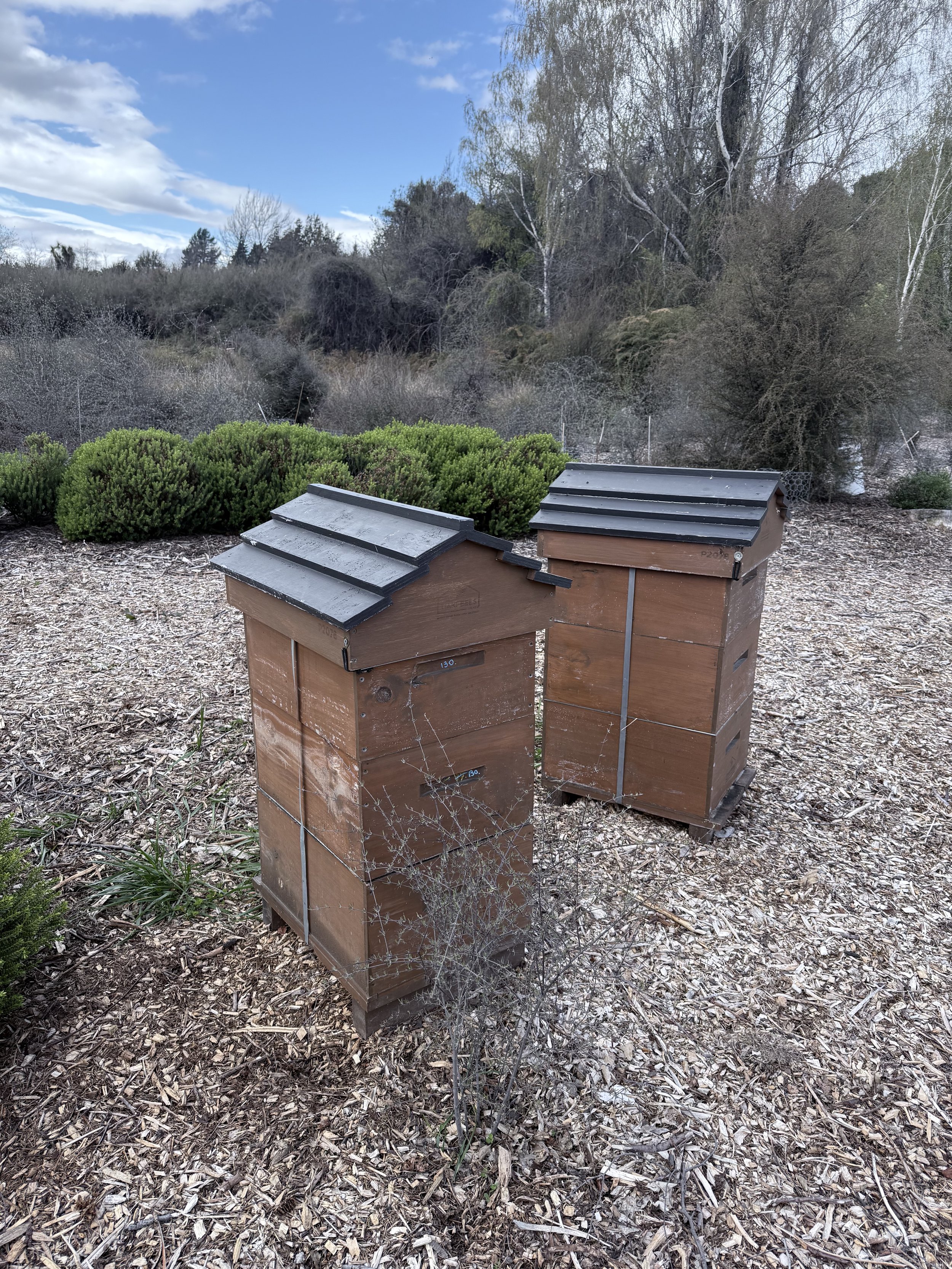As the cold gripped the Wānaka district over winter, you may notice that the Tiaki Bees hives around Bullock Creek lie quiet and tightly sealed. But don’t be fooled, these hives are far from abandoned. In fact, this seasonal rhythm is a vital part of healthy hive management.
Why hives are closed during winter
During the colder months, honeybee colonies conserve energy and minimise risk by clustering around the queen inside the hive. Tiaki Bees beehives are deliberately closed up in winter to protect against chilling, reduce exposure to pests, and shield vulnerable brood (young bees) from the harsh conditions. Feeding is reduced, and the colony accesses stored honey reserves. This controlled dormancy helps the bees survive when nectar sources are scarce.
Opening up again when spring arrives
Come warmer weather, the hives are gradually reopened and bees begin their foraging again. Nectar and pollen become available, and the colony shifts into a busy growth phase: the queen resumes egg-laying, new workers emerge, and the hive rebuilds strength. Tiaki Bees actively monitor hive health in spring, checking for pests like varroa mites and ensuring the colony is robust enough for the summer months.
Around Bullock Creek, these hives are part of a growing partnership between Tiaki Bees and Friends of Bullock Creek, contributing both ecological value and educational opportunity. Visitors to wetland events often hear from Barna (founder of Tiaki Bees) about the local life of bees, their seasonal cycles, and their vital role in pollination.
Why it matters for the wetlands
Healthy bee colonies support pollination of native plants, including many that fringe the Bullock Creek wetlands. By aligning hive activity with the seasons, Tiaki Bees helps ensure that bees are most active when flora is blooming and pollination is needed. This seasonal opening and closing is part of good beekeeping practice, and benefits the entire ecosystem.
So next summer, when you see bees buzzing around blossoms near Bullock Creek, you’ll know they’ve just emerged from a carefully managed quiet season, ready to help our native plants thrive.










